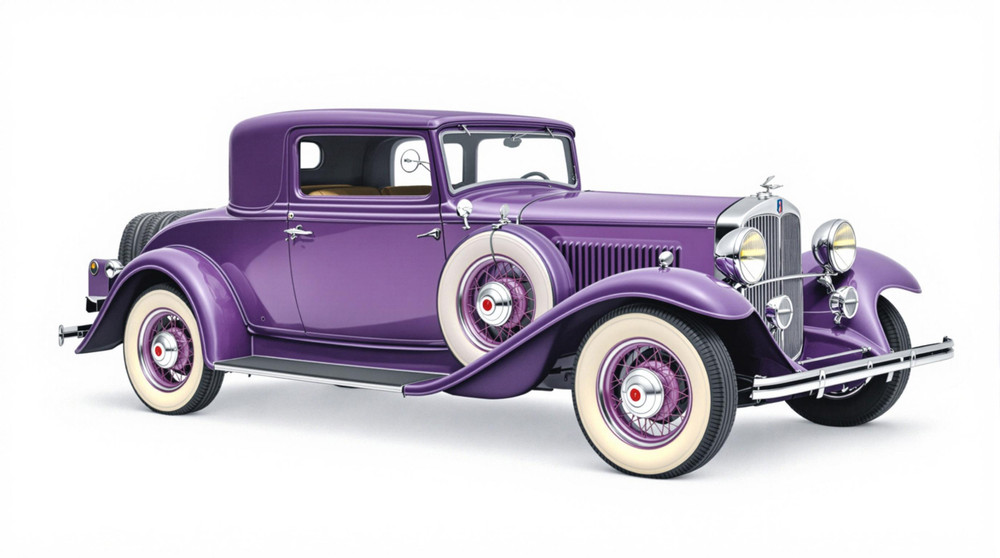Image of 1932 Auburn Model 12-160a, Note: These illustrations use artistic license and may differ from actual historical models.
Performance Metrics
Fundamental Metrics
Emotional Appeal
MMP Rating
| Engine Specifications | |
|---|---|
| Engine: | Lycoming V12 |
| Displacement: | 391 cubic inches (6.4 L) |
| Horsepower: | Estimated 160 HP |
| Torque: | Not available |
| Compression Ratio: | Not available |
| Ignition System: | Battery and coil |
| Cooling System: | Water-cooled |
| Performance Specifications | |
| 0-60 Time: | Not available |
| 1/4 Mile Time: | Not available |
| Top Speed: | 100 mph |
| Transmission and Drive | |
| Drive Type: | Rear-wheel drive |
| Transmission Type: | 3-speed manual |
| Fuel and Efficiency | |
| Fuel System Type: | Carburetor |
| MPG: | Not available |
| Dimensions and Brakes | |
| Brakes: | 4-wheel hydraulic drum brakes |
| Wheelbase: | 133 inches |
| Weight: | 4,445 lbs |
Note: Specifications for classic cars are given to the best of our ability, considering the limited and variant data available.
1932 Auburn Model 12-160A: A Symphony of Style and Power
The year 1932 was not just another mark on the calendar; it was a year that witnessed the birth of an automotive masterpiece—the 1932 Auburn Model 12-160A. Crafted by the esteemed Auburn Automobile Company, this vehicle emerged during a time when the world was grappling with economic challenges, yet it managed to leave an indelible mark on the automotive landscape. The Auburn 12-160A was not merely a car; it was a statement of luxury, performance, and innovation that stood head and shoulders above its contemporaries. One of its most notable moments came when it graced the silver screen, adding a touch of glamour to the Hollywood scene.
Design and Innovation
The exterior of the Auburn Model 12-160A exuded elegance and sophistication. With sweeping lines that hinted at both strength and speed, this car was a visual feast. The chrome grille, wire wheels, and pontoon fenders were just a few elements that contributed to its distinctive aesthetic. Inside, passengers were enveloped in opulence with rich fabrics and finely crafted wood accents. The attention to detail was meticulous, showcasing the high-quality materials synonymous with luxury vehicles of the era. Technologically, the Auburn 12-160A was ahead of its time. It featured innovations such as a Startix automatic starting system and free-wheeling capability, which allowed for smoother transitions between gears. Color options ranged from understated hues to bold two-tones, with deep reds and rich blues being popular choices among discerning buyers. Body styles varied, but the most iconic was undoubtedly the Boattail Speedster—a true embodiment of speed and grace.
Historical Significance
The Auburn Model 12-160A's impact on automotive design cannot be overstated. Its combination of luxury and performance set new standards for what a premium automobile should be. It differentiated itself from rivals with its V12 engine—a rare feature at the time—providing both smooth operation and ample power. The car's legacy is evident in how it influenced subsequent designs, favoring sleek profiles and advanced engineering.
Performance and Handling
Underneath its stunning exterior, the Auburn Model 12-160A packed a formidable punch. Its V12 engine propelled it to impressive top speeds for its day, while its acceleration from 0 to 60 mph showcased its spirited character. On the road, it handled with poise and confidence, absorbing bumps with ease while remaining composed in windy conditions. Driving this classic was an auditory delight as well; the engine's purr was music to any car enthusiast's ears. The ride felt substantial yet refined, offering an interactive experience that connected driver and machine in perfect harmony.
Ownership Experience
The Auburn Model 12-160A served various roles—from a luxurious daily driver to a coveted show car or even as a competitive racer in period events. Maintenance required dedication due to its complex engineering but was manageable for those familiar with pre-war automotive technology.
Fun Facts
The Auburn Model 12-160A boasts several intriguing tidbits: certain models featured custom coachwork that is exceedingly rare today; some were owned by Hollywood stars who appreciated their blend of performance and panache; while others set records for endurance and speed that stood for years. Despite its many strengths, some critics pointed out its relatively high cost during tough economic times—a factor that ultimately limited its widespread adoption.
Collector's Information
Today, the Auburn Model 12-160A is highly sought after by collectors. While production numbers were limited—estimated in the low thousands—the exact figure remains elusive. Values vary widely depending on condition, provenance, and originality but can range from hundreds of thousands to over a million dollars for pristine examples. Price trends have generally seen appreciation over time as these vehicles become rarer and more desirable among classic car enthusiasts.
Conclusion
The 1932 Auburn Model 12-160A stands as an enduring symbol of automotive excellence—an exquisite blend of style, power, and innovation that continues to captivate aficionados around the globe. Its legacy is not just preserved in collections or museums but lives on through every turn of its wheels and every gleam of sunlight off its polished chrome—a true classic that embodies the spirit of an era.
1932 Auburn Model 12-160a Catalog of Parts
 1932 Auburn Model 12-160A Accessory Floor Mat - 12"X17"-AC 14Accessory Floor Mat - made of high quality black rubber with molded original emblem. Also designed to be sewn into new carpets. 12"X17", Each
1932 Auburn Model 12-160A Accessory Floor Mat - 12"X17"-AC 14Accessory Floor Mat - made of high quality black rubber with molded original emblem. Also designed to be sewn into new carpets. 12"X17", Each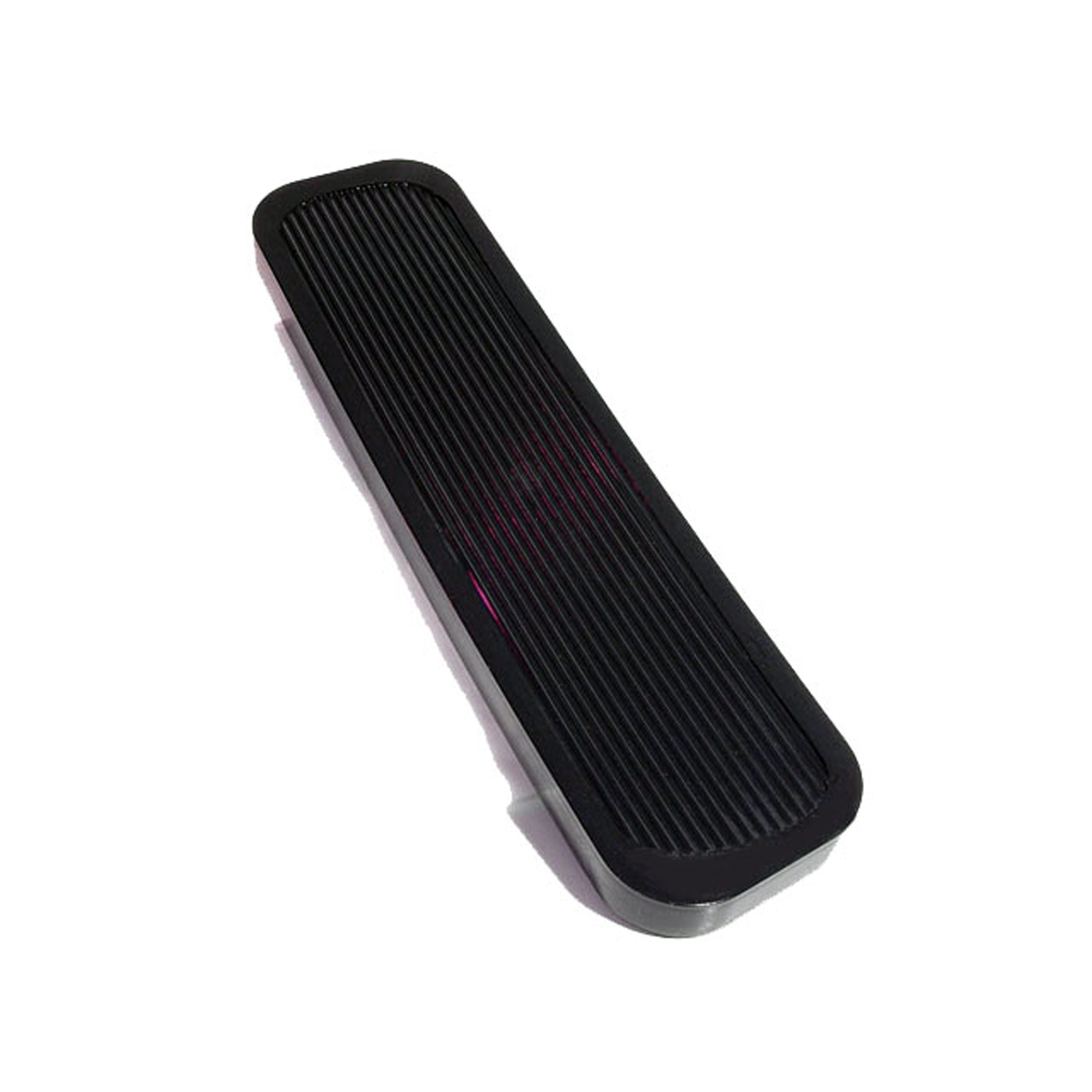 1932 Auburn Model 12-160A Accelerator Pedal Pad, 2-3/8" X 9-1/4", Each-AP 24Accelerator Pedal Pad, 2-3/8" X 9-1/4", Each
1932 Auburn Model 12-160A Accelerator Pedal Pad, 2-3/8" X 9-1/4", Each-AP 24Accelerator Pedal Pad, 2-3/8" X 9-1/4", Each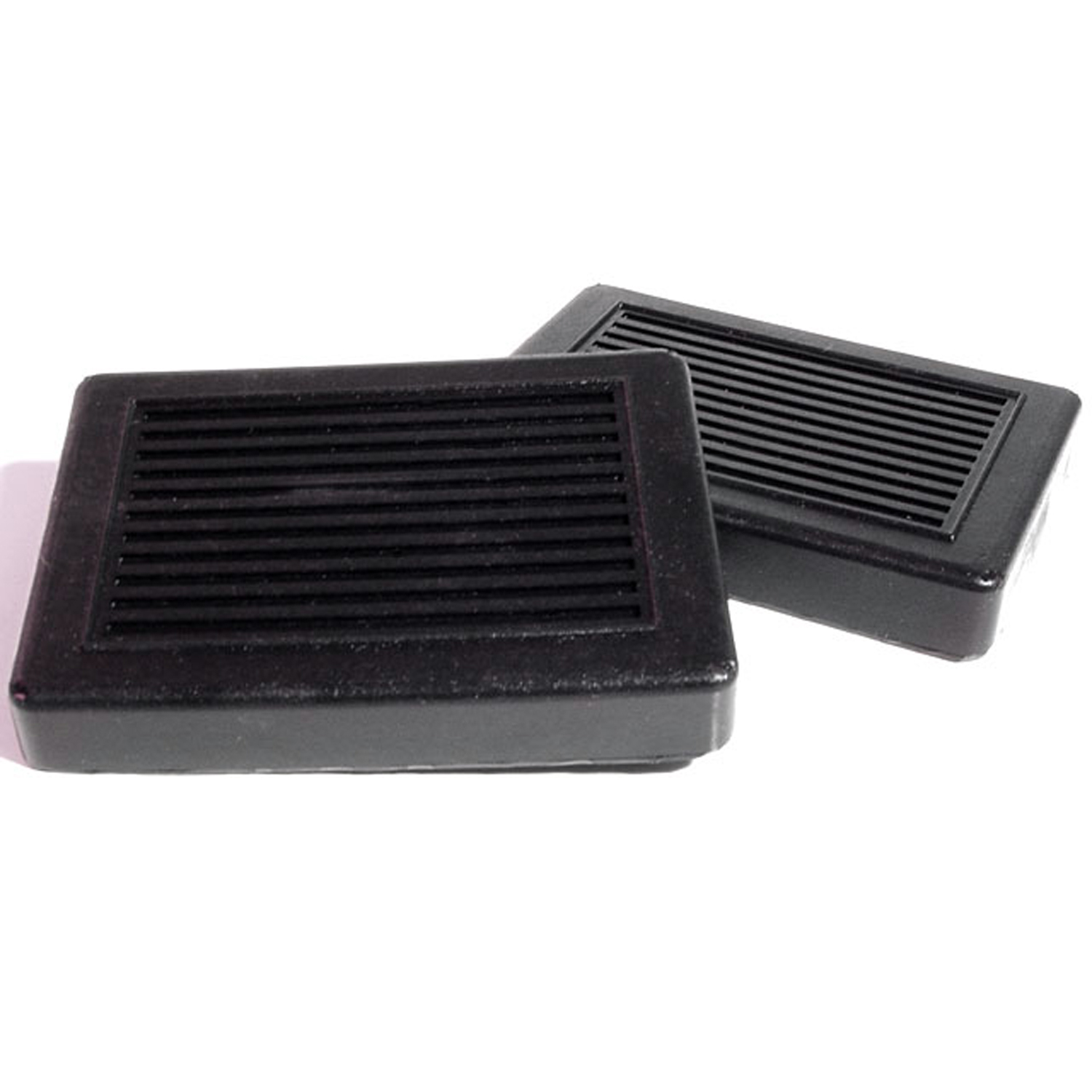 1932 Auburn Model 12-160A Clutch and Brake Pedal Pads. 3" wide X 3-7/8" long. Pair-CB 21Clutch and Brake Pedal Pads. 3" wide X 3-7/8" long. Pair
1932 Auburn Model 12-160A Clutch and Brake Pedal Pads. 3" wide X 3-7/8" long. Pair-CB 21Clutch and Brake Pedal Pads. 3" wide X 3-7/8" long. Pair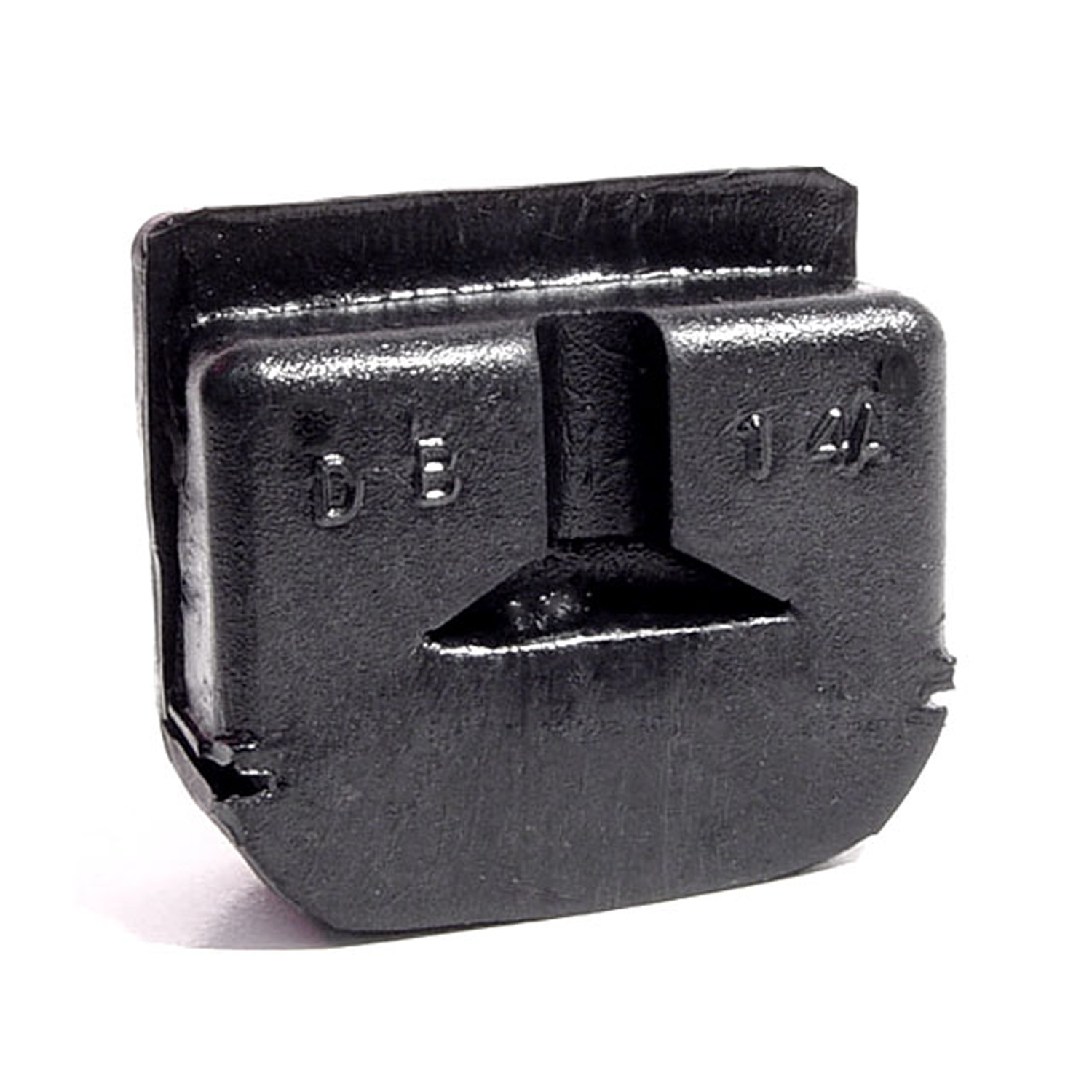 1932 Auburn Model 12-160A Door Bumper. Exact reproduction-DB 14-ADoor Bumper. Exact reproduction. 1-3/16" high X 1-9/16" wide X 9/16" thick. Each
1932 Auburn Model 12-160A Door Bumper. Exact reproduction-DB 14-ADoor Bumper. Exact reproduction. 1-3/16" high X 1-9/16" wide X 9/16" thick. Each 1932 Auburn Model 12-160A Hood Corners. Made of all rubber. No cut-away on back side-HC 27Hood Corners. Made of all rubber. No cut-away on back side. 7/8" X 1-1/4". Pair
1932 Auburn Model 12-160A Hood Corners. Made of all rubber. No cut-away on back side-HC 27Hood Corners. Made of all rubber. No cut-away on back side. 7/8" X 1-1/4". Pair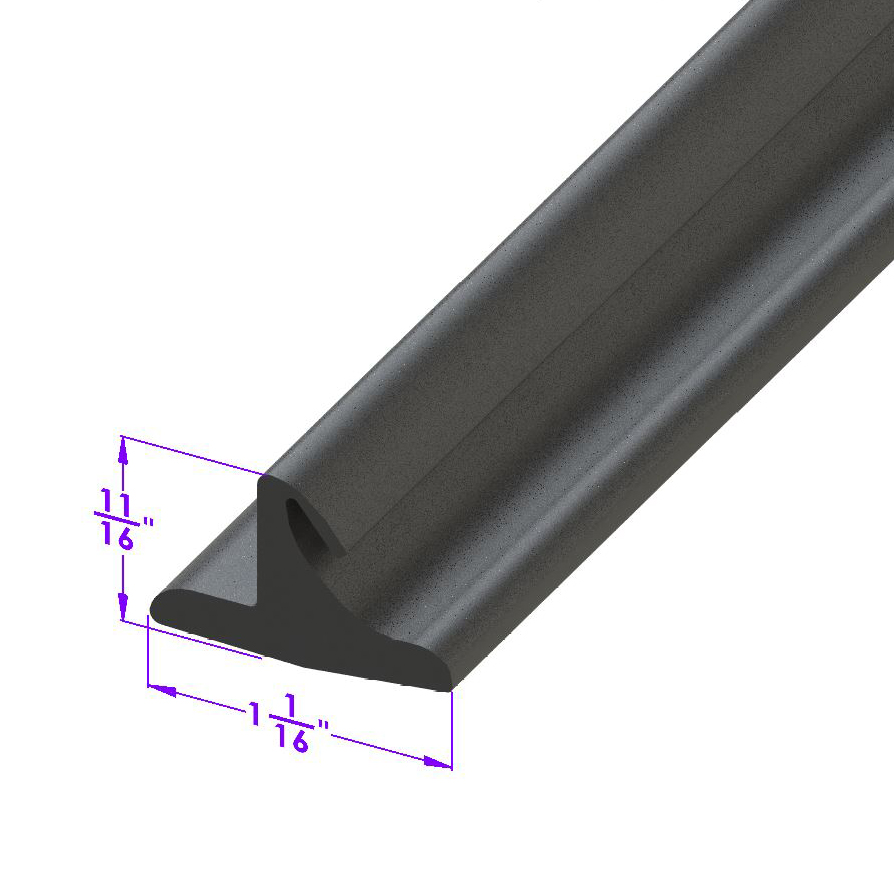 1932 Auburn Model 12-160A Side Window Seal. Sold by the foot-LP 95-FSide Window Seal. Sold by the foot
1932 Auburn Model 12-160A Side Window Seal. Sold by the foot-LP 95-FSide Window Seal. Sold by the foot 1932 Auburn Model 12-160A Headlight Pads. 2-5/8" wide X 5-1/4" long. Pair-MP 102Headlight Pads. 2-5/8" wide X 5-1/4" long. Pair
1932 Auburn Model 12-160A Headlight Pads. 2-5/8" wide X 5-1/4" long. Pair-MP 102Headlight Pads. 2-5/8" wide X 5-1/4" long. Pair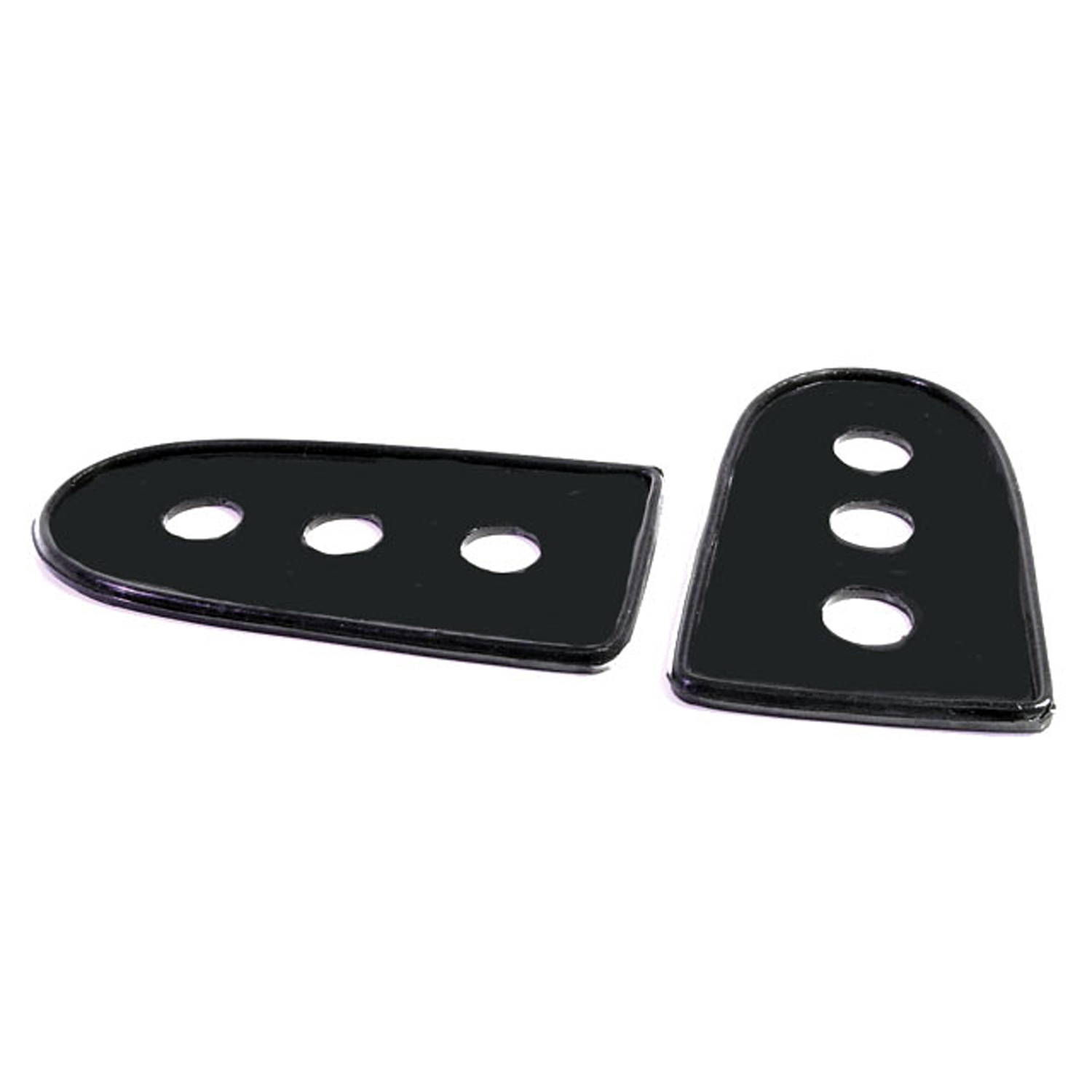 1932 Auburn Model 12-160A Tail-light Pads. 2-1/4" wide X 4" long. Pair-MP 103Tail-light Pads. 2-1/4" wide X 4" long. Pair
1932 Auburn Model 12-160A Tail-light Pads. 2-1/4" wide X 4" long. Pair-MP 103Tail-light Pads. 2-1/4" wide X 4" long. Pair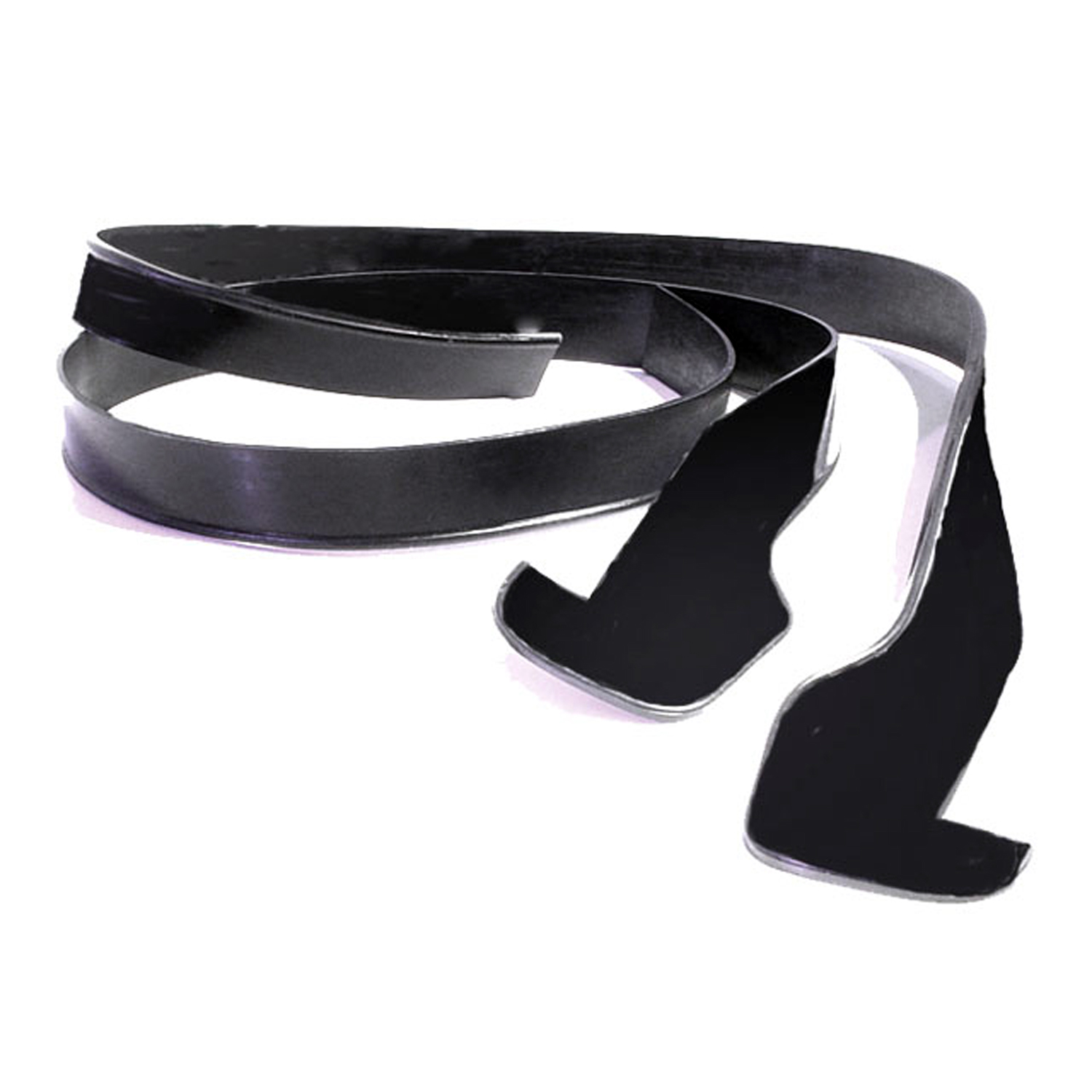 1932 Auburn Model 12-160A Windshield Base Pad. Made in two pieces-MP 106Windshield Base Pad. Made in two pieces. 1-7/8" wide at end X 3' 9-1/2" long. Each
1932 Auburn Model 12-160A Windshield Base Pad. Made in two pieces-MP 106Windshield Base Pad. Made in two pieces. 1-7/8" wide at end X 3' 9-1/2" long. EachWhy Choose Metro?
For over 100 years, Metro Moulded Parts has been the pinnacle of quality in classic car restoration parts. Our commitment to precision and authenticity in every component ensures a perfect fit and an OEM-level appearance.
- Expert Craftsmanship & Quality: Each part is a testament to our dedication to reliability and perfection, crafted from original designs and thoroughly tested.
- Advanced Technology: We use cutting-edge techniques to create flawless, long-lasting parts that surpass others in performance.
- SuperSoft Sponge – The Ultimate Door Seal: Not only are our door seals 30% softer than competitors', but they're also guaranteed to never leak. They effectively reduce wind and road noise, enhancing your classic car's comfort and driving experience.
- Proudly American: Our parts are a product of American craftsmanship, made in the USA with a spirit of excellence and heritage.
- Unrivaled Warranty: We back our products with a 30-year industry-leading warranty, a testament to our confidence in their quality.
Join us in preserving the legacy of classic cars with parts that are crafted for perfection, not just made.

